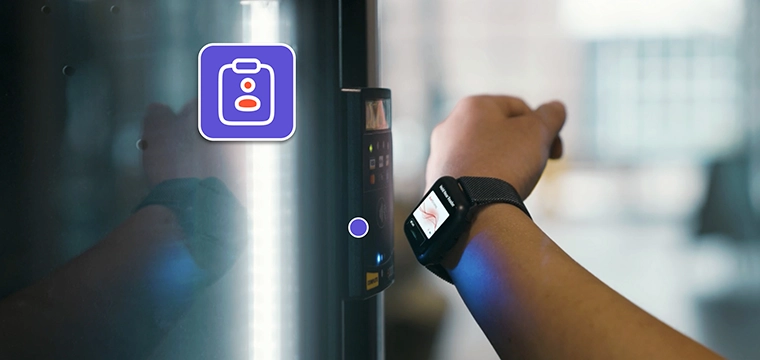
 By Darren Learmonth, Head of Innovation and Technology Research, HID Global
By Darren Learmonth, Head of Innovation and Technology Research, HID Global
The way that student ID cards are used on college and university campuses has changed dramatically in recent years, and will continue to evolve in 2018. Campus cards have long enabled users to buy meals, check out library books, open dorm room doors, and more. But crucially, the way campus cards are being issued is evolving, creating a significantly different environment than has existed for the past two decades.
Instead of issuing cards using one or more PC workstations, each connected to a nearby printer, universities will also be making a shift during 2018 to cloud-based solutions that will enable a new, remote card issuance experience. This move will also transform ID card printers into edge devices within the Internet of Trusted Things (IoTT), and redefine the economics of card issuance by ushering in new service-based models.
Issuers will also be accelerating their adoption of mobile IDs, while taking a more integrated approach to access control that significantly improves how campus services are delivered. With all this in mind, here are the top campus trends to watch in 2018:
Increased awareness of the cloud’s ease of deployment, flexibility, connectivity options and productivity benefits will escalate adoption. Access control cloud platforms with APIs and SDKs will fuel new software solutions that expand choices for campus administrators to get the most out of their investments.
Cloud-based card issuance will prove its mettle with campuses for its simplicity, security and cost structure. The cloud-based model improves the user experience by enabling instant issuance at many different locations, rather than requiring a visit to the main card office in order to pick up an ID card.
Moreover, card printers can be installed anywhere, including remote offices and satellite campuses, and cards can be sent to any of these printers. Printers essentially become smart, secure, web-enabled edge devices in the IoTT that can leverage all of the platform’s functionality.
Over the coming year, digital certificates will become a core component for adding trust to applications like cloud-based campus card issuance. The use of digital certificates creates a trusted relationship between the cloud and the issuance console. This also enables students, faculty and staff to confidently interact with cloud-based campus services.
The latest solutions will enable universities to improve both security and privacy protection on the connected campus. As an example, cloud-based issuance solutions securely store encryption keys in tamper-proof hardware, and card data also remains encrypted until it is printed, after which all personally identifiable information (PII) disappears.
Meanwhile, unique firmware ensures the printers cannot be hijacked, but will only work with the cloud-based issuance system software. The issuance console can also be secured with a card reader so that ID print jobs are only released when an authorized card or credential has been physically presented for validation.
Maturation in mobile solutions and integration into other systems -- coupled with mobile’s ability to enhance user convenience, improve operational efficiency and provide higher security -- will drive accelerated growth for mobile access and mainstream campus adoption.
Card emulation on the iPhone, the NFC mode most coveted for mobile access control, remains reserved exclusively for Apple Pay. This leaves Bluetooth as the de-facto communication standard for cross-platform mobile access support. In the meantime, however, campuses will continue to invest in readers and other infrastructure that supports NFC and BLE to prepare for future possibilities.
An increasing focus on the user experience will lead to a new wave of converging physical and data security to a single student credential.
New, converged identity models that use cloud authentication and mobile devices are also emerging, such as the ability to verify a person’s classroom time and attendance, and smart cards that authenticate users to campus networks and other resources.
Devices, access control systems and other solutions connected to the cloud will provide robust data for advanced analytics. Insights from these analytics can be used to optimize campus services and provide more seamless access for students.
Predictive analytics and biometrics will play an increasingly important role in people-centric campus security, as well as address the growing demand for premium and increasingly individualized services.
While the technology used by campus card offices has largely remained static for the past 20 years, the technology available to most other areas of a university’s operations has advanced considerably. It's only natural for the card office to evolve alongside these advancements.
Cloud-based card issuance solutions now have the potential to revolutionize the way that campus card offices operate. Mobile IDs are expected to move towards mainstream adoption. And converged solutions can now deliver new capabilities and the opportunity to use trusted identity analytics to create a more people-centric campus. Universities, and their issuance environments, are poised for big changes in 2018.




